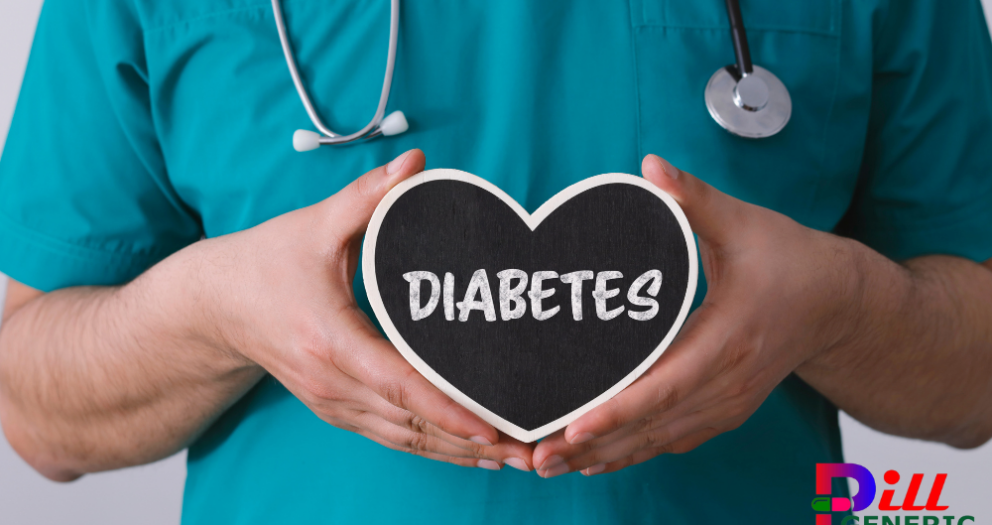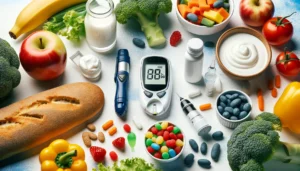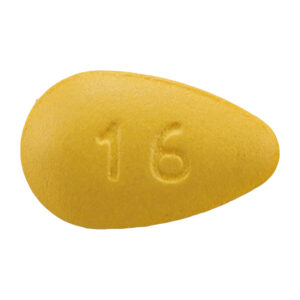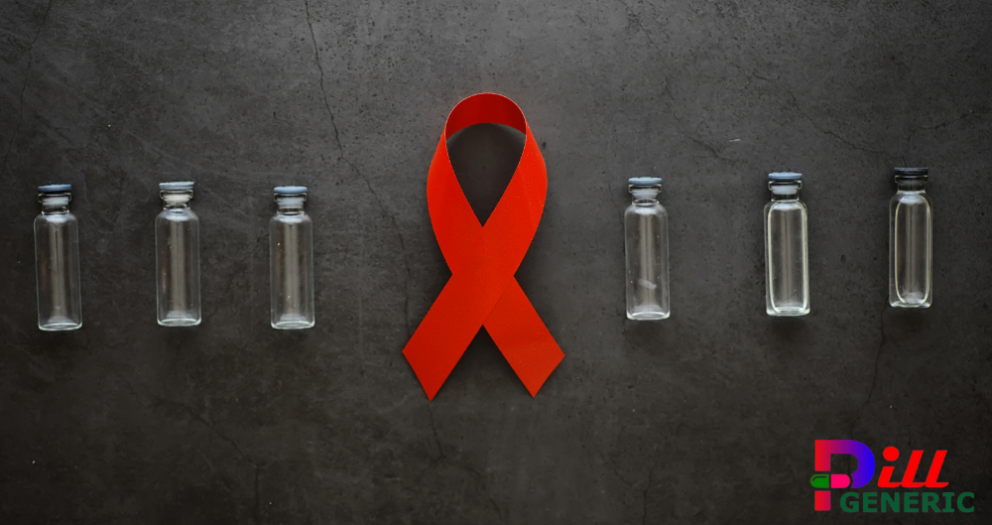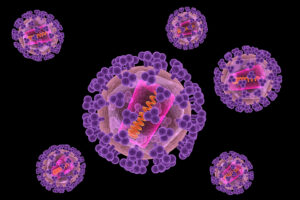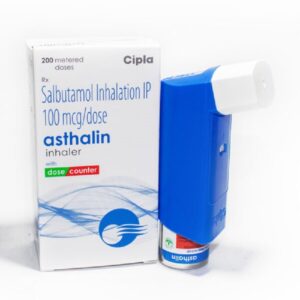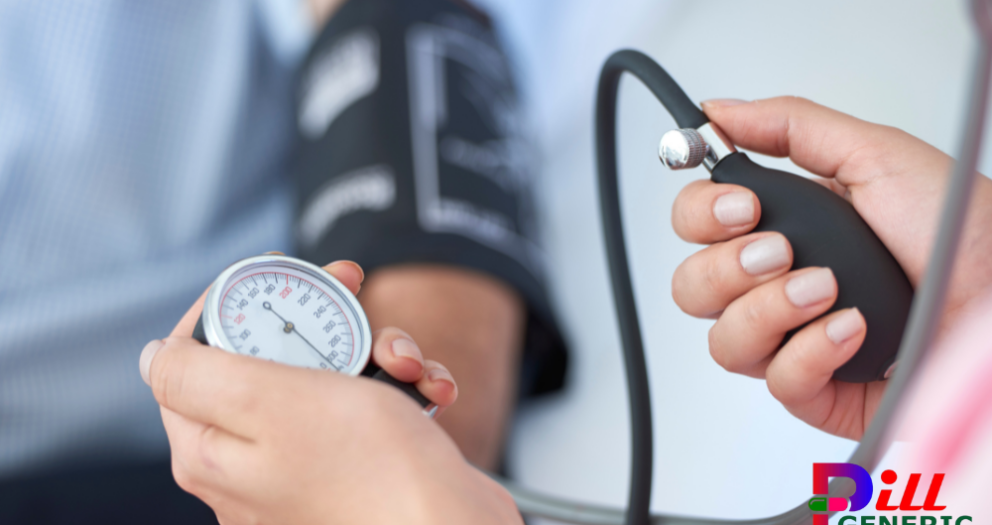Acid Reducer
Medications like
omeprazole otc and ranitidine may not address long-term concerns about heartburn. If you need heartburn medications, something is likely wrong.
I have written other blogs on this topic, which you may find helpful. You can find links to these articles below. While useful, these drugs should be used for short-term acid control.
Stomach acid reducing medications like omeprazole (Prilosec, Nexium, Dexilant) and ranitidine (Zantac, Pepcid) may be saving you from
heartburn, but they’re not saving you from the
heartache of long-term concerns.
I think it’s self-explanatory to say that if you have to take heartburn medications, something isn’t working properly.
I have written several other blogs in regards to what might be going on.
You may want to read those articles if you’re struggling with heartburn or any other reflux related symptoms: coughing, sore throat, sinus congestion, excessive mucous clearing. The links for these articles is at the bottom of this blog.
Of note, these stomach acid reducing medications serve a vital use, and they are not necessarily
bad medications.
They are to be used in the short-term for decreasing stomach acid, but you must repair your digestion to get off of the medication and prevent recurrence of heartburn / reflux.
Personal Story: Navigating Digestive Discomfort
Four years ago, I had to take omeprazole for 2 weeks during my second year of residency. I woke up at 2am with severe upper stomach pain.
Being a doctor, I thought I was having a heart attack. Before calling 9-1-1, I woke up my wife (who is also a physician). She calmly advised me to take TUMS and go back to sleep.
As usual, she was right. I took some TUMS, and the pain subsided enough for me to get to the pharmacy in the morning to pick up omeprazole.
Bad eating habits, poor sleep, and excessive stress caused Stress Gastritis.
Last night, I ate a slice of pepperoni pizza, which is a known trigger for me. An hour after eating the pizza, I got heartburn.
I took a pill and two capsules, and my heartburn went away in 30 minutes. Taking acid when you have heartburn may seem strange, but it often helps most people.
Moving on.
Let's talk about the long-term drawbacks of these medications that reduce stomach acid. Many people who take these medicines are unaware of the harmful effects they can have.
We all know that Most people taking these medications do not know about these harmful side effects.
However, as we all inherently know, you cannot have a good without at least a trace element of bad to go with it. We all know the good: Less heartburn. But, what’s the bad?
How Acid Reducers Work
Acid reducers target stomach acid production to alleviate symptoms of acid-related disorders. These include GERD, peptic ulcers, and gastritis.
Acid reducers include PPIs and H2RAs, each with distinct mechanisms of action.
Proton-Pump Inhibitors (PPIs):
Proton pumps are enzymes found in the lining of the stomach's parietal cells. Proton pumps in the lining of the stomach's cells release hydrochloric acid. This acid helps digest food and fight off harmful pathogens.
PPIs work by irreversibly binding to the proton pumps, effectively inhibiting their activity.
PPIs stop the proton pumps from making as much acid in the stomach, which lowers the acid level in the stomach.
Reduced acid production helps with heartburn and reflux, promoting healing in esophagitis. It also helps with peptic ulcers.
PPIs are usually taken by mouth. They work for a long time and give lasting relief from symptoms caused by too much acid.
Histamine-2 Receptor Antagonists (H2RAs):
Histamine-2 receptors are on the stomach lining's surface. Histamine stimulates the receptors, activating proton pumps. This leads to acid secretion.
H2RAs competitively bind to histamine-2 receptors. They block histamine action. H2RAs work by blocking a chemical called histamine. This helps reduce stomach acid and eases symptoms of acid reflux and peptic ulcers.
H2RAs work well for mild to moderate acid-related issues. However, they don't last as long as PPIs, so you may need to take them more often.
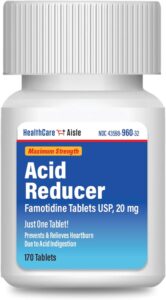
5 Reasons To Get Off Stomach Acid Reducers
Stomach acid reducers help with acid-related problems. But, there are good reasons to think about stopping long-term use.
Stomach acid is important for digestion. It breaks down food and helps absorb nutrients. Overusing acid reducers can upset this delicate balance. This may cause problems with digestion and lead to nutrient shortages.
Stomach acid helps your body absorb minerals like calcium, magnesium, and iron. Long-term use of acid reducers can disrupt this process. This can raise the risk of osteoporosis, muscle cramps, and anemia.
Adequate stomach acid helps stop
bad bacteria and germs in the digestive system. Using acid reducers may lower stomach acid, increasing infection risk and dysbiosis.
Long-term acid reducer use linked to lack of key nutrients like B12, folate, and C. Deficiencies include B12, folate, and vitamin C due to acid reducer use.
Nutritional deficiencies from long-term acid reducer use can significantly impact your health. They can affect your energy levels, immune system, and neurological well-being.
When you suddenly stop taking acid reducers, it can cause rebound acid hypersecretion. This means that your stomach starts making too much acid.
The rebound effect can cause acid-related symptoms to return, making medication discontinuation difficult. This can result in discomfort.
In conclusion, stomach acid reducers help briefly with acid-related symptoms. However, using them long-term may be risky for digestion and overall health.
Consider talking to a doctor to make a plan that helps your symptoms and lowers any bad effects. Lifestyle changes, diet adjustments, and alternative treatments can help manage acid-related issues. They reduce the need for ongoing medication.
FAQ
What are acid reducers?
Acid reducers are medications designed to alleviate symptoms associated with excess stomach acid. They work by decreasing the production of acid in the stomach, thereby reducing symptoms like heartburn and acid reflux.
How do acid reducers work?
Acid reducers function by inhibiting the action of proton pumps in the stomach lining, which are responsible for producing stomach acid. By reducing acid production, these medications help alleviate symptoms of acid-related disorders.
What conditions are acid reducers used to treat?
Acid reducers are commonly prescribed to treat conditions such as gastroesophageal reflux disease (GERD), peptic ulcers, erosive esophagitis, and Zollinger-Ellison syndrome.
Are acid reducers safe for long-term use?
While acid reducers provide effective relief for many individuals, prolonged use may pose risks such as nutrient deficiencies and increased susceptibility to infections. It's essential to discuss long-term usage with a healthcare professional.
What are the common side effects of acid reducers?
Common side effects of acid reducers may include headache, diarrhea, abdominal pain, and nausea. Long-term use may also increase the risk of certain complications, including nutrient deficiencies and respiratory infections.
Can acid reducers interact with other medications?
Yes, acid reducers, particularly Proton-Pump Inhibitors (PPIs), have the potential to interact with other medications, affecting their absorption and efficacy. It's crucial to consult with a healthcare professional before starting or changing any medications.
Are there lifestyle modifications that can complement acid reducer therapy?
Yes, lifestyle modifications such as dietary changes, weight management, avoiding trigger foods, elevating the head of the bed, and practicing stress reduction techniques can complement acid reducer therapy and help alleviate symptoms.
Can acid reducers be used during pregnancy?
Pregnant women should consult with their healthcare providers before using acid reducers, as some medications may pose risks to the fetus. In some cases, lifestyle modifications may be recommended as the first line of treatment for acid-related symptoms during pregnancy.
Is it safe to abruptly stop taking acid reducers?
Abrupt discontinuation of acid reducers, especially after long-term use, may lead to rebound acid hypersecretion and worsening of symptoms. It's important to gradually taper off these medications under the guidance of a healthcare professional.
Are there alternative treatments to acid reducers?
Depending on the underlying condition and individual circumstances, alternative treatments such as
best antacid, histamine-2 receptor antagonists (H2RAs), dietary modifications, and lifestyle changes may be considered as alternatives or adjuncts to acid reducer therapy. Consultation with a healthcare professional is recommended to explore the most suitable treatment options.
Fact Box - Acid Reducer
Common Types: PPIs like omeprazole, esomeprazole, and lansoprazole; H2RAs including ranitidine and famotidine.
Indications: The treatment of gastroesophageal reflux disease (GERD), peptic ulcers, erosive esophagitis, and other acid-related disorders.
Side Effects: Adverse effects of acid reducers may include headache, diarrhea, abdominal pain, and, with long-term use, more nutrient deficiencies and respiratory infections.
Trending Product









